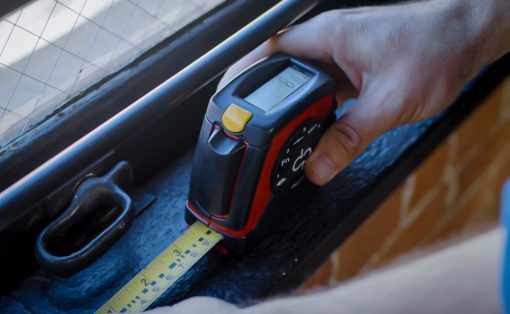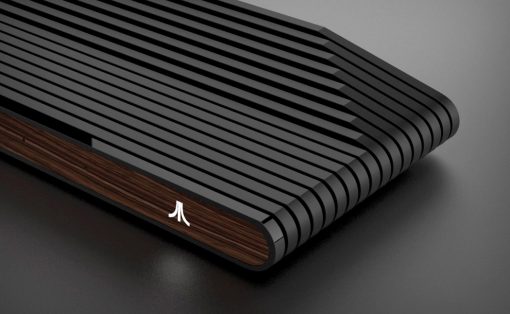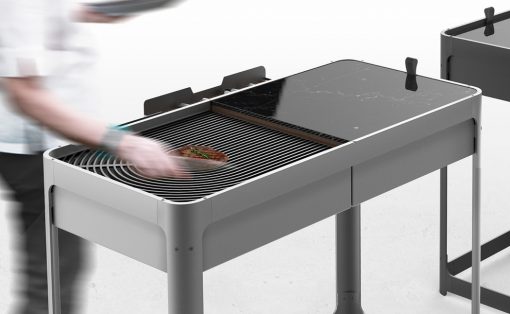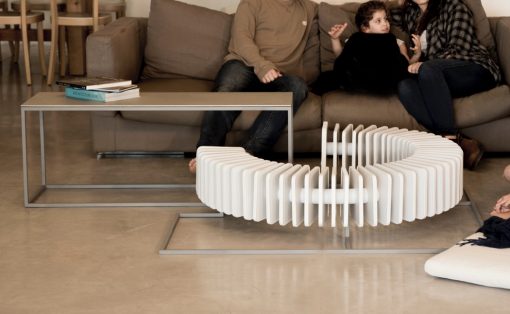In Part II of Getting Personal With The Designers, YD talks with the energetic Branko Lukic, enigmatic Brandon Perhacs and the articulate duo Liz Kinnmark & Kegan Fisher. It’s quite clear from his talks that Branko is as passionate about food as he is about his venture, Webble. Brandon speaks about how truth, beauty & simplicity can be the defining factors of your works. And if you need a lesson in determination…to turn glut into creative, desirable objects then take lead from Liz Kinnmark and Kegan Fisher of Design Glut.
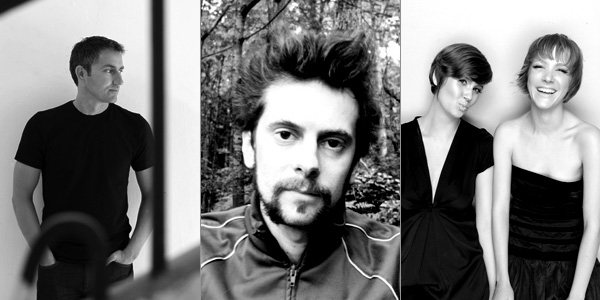
What one product in the history of design do you wish had your name on it?
Branko Lukic: It’s not really possible to answer a question like this, but if you put me against a wall and demand an answer, I’d have to point you to one absolutely extraordinary piece, “How high the moon,” by Shiro Kuramata. But honestly, I can’t see myself putting my name on objects that I have not designed.
Brandon Perhacs: If I were to single out one artist/designer that has most influenced my work and the path that I’ve taken, it would undoubtedly be Isamu Noguchi. And of all the work he has created, his venture into product design with the Akari lamp series has had the most profound affect on me. Since the age of 13, when I was first introduced to his work, the Akari lamps have remained a guidepost for my design, something I can always come back to for inspiration no matter what turn my design aesthetic might take. For me, these lamps exemplify how a single product can inject poetry and emotion into an environment creating an entirely new space.
Liz Kinnmark & Kegan Fisher: The Model-T
How have your design processes and the way in which you view design changed over the course of your career?
Branko Lukic: From processed food to healthy food, we should let go of the standard over-processed design and evolve into a post-process (less) approach. We tailor our approach to each client we work with. Everyone deserves a unique solution. We are evolving beyond user-centered design into experience-centered and eventually, into mind-centered design.
Brandon Perhacs: I have increasingly come to view design as a narrative to life. Each space and object one encounters in the physical world then become the words and sentences that make up the body of that story. Viewing design in this way then gives the designer/artist an outlet to express their own life narrative to others around them. Parts of their life story physically intertwining with those of others… I have come to find there is a certain poetry for me looking at it in this way, which continually inspires me to create.
As far as processes go, I seem to have gotten farther and farther away over the years from using drawing as my main design tool. I continually find that working hands on with physical shapes and materials, moving, bending, cutting, and folding them, allows me to create in a much freer way. In fact, I’ve found that most of my good ideas now come to me while working on unrelated projects. By discovering an interesting form or connection while I’m working on an initial project, that form or connection can quickly translate into something completely new and exiting in another; an idea that never would have come about had I not been physically working the materials with my hands. By creating a three dimensional object, I am affecting the physical space around that object. And what better way to have an understandable conversation with that piece, than to be there in person during the design process?
Liz Kinnmark & Kegan Fisher: The kind of products we make hasn’t changed since the beginning. Design Glut makes objects that are unexpected, play with your perception, and put a smile on your face. We had that vision fresh out of design school. What’s changed since then is the knowledge of how to take those ideas to a store’s shelf.
In the beginning we didn’t really consider how a product would be packaged or shipped, and didn’t know how to figure out what that object would really cost to make. Since starting our business, we’ve learned that good design means more than just ending up with a cool product on the shelf. Good design incorporates a well-designed system that takes it from the manufacturer, to the store, to the customer. Everybody that touches it along the way needs to be happy.
Do you find it difficult balancing commercial awareness with your own inspiration?
Branko Lukic: The harder the challenge, the more exciting it becomes for me. It’s about the dialog between someone for whom I’m designing and me in order to truly understand what we are trying to accomplish. I have no struggle balancing commercial and inspirational aspects. It is a lifelong journey fun. : )
Brandon Perhacs: It seems that this very question of balance is a question almost as old as design itself. I do think that balancing commercial awareness with inspiration is one of the most challenging things for any artist or designer. With most every object I create I find myself straddling the line between pure creativity and what the market demands, with varied results. I do think it’s possible, and definitely favorable, to be true to your inspiration, while at the same time being commercially successful. That, I think, is what creative people constantly strive to achieve, because that then means that the artist/designer has been successful in translating their poetry into a language that all can understand.
Liz Kinnmark & Kegan Fisher: Not really. Our job is to design objects that are meaningful to other people. Our inspiration will always be there – we would never produce something that doesn’t inspire us – but we enjoy the challenge of creating things that also inspire others. When a product is commercially successful, it’s a sign that people are enjoying it as much as we do. Every time we hear from someone how much they like one of our products that they own, it’s incredibly inspiring!
Summarize in three words your work ethos?
Branko Lukic: 1) birdsong as soon as I awaken; 2) kid, are you ready to have fun; 3) spaghetti sauce and parmigiano
Brandon Perhacs: Truth, beauty, simplicity.
Liz Kinnmark & Kegan Fisher: Just keep going.
Do you feel beautiful objects in the home can be continually inspiring or do they lose a sense of being precious the more they’re used?
Branko Lukic: It is bi-directional, it is spiritual – the objects we should design have to be deeper, true, relevant, poetic and possibly mysterious – somewhat undefined. Objects in the home have to be home to your emotions, your senses, your mind…
Brandon Perhacs: I definitely think beautiful objects in the home can be continually inspiring. In fact, I think that’s one of the hallmarks of good design. If you buy an object, you do so because you relate to that object in some way. Now, your relationship to that object may very well be a superficial one, one based solely on a current fad or maybe because you think it will make you more accepted in the eyes of others. In which case the object will most definitely lose a sense of being precious. But if that object is well designed and honest in its use of materials, there then is a deeper relationship, one that truly resonates within you in some way, bettering your life day to day. And if this is the case, I think that any wear that occurs with use or age then makes that object even more precious than it was to begin with.
Liz Kinnmark & Kegan Fisher: We don’t think that beautiful objects need to feel precious. The things you use every day are probably not the most precious things you own, in a conventional sense, but in many ways they’re the ones you’re most attached to. When they work well, and are beautiful, they’re the things that make you the happiest.
Branko Lukic of NONOBJECT, author of NONOBJECT Design Book

Brandon Perhacs of Lichen Studio

Liz Kinnmark & Kegan Fisher of Design Glut




